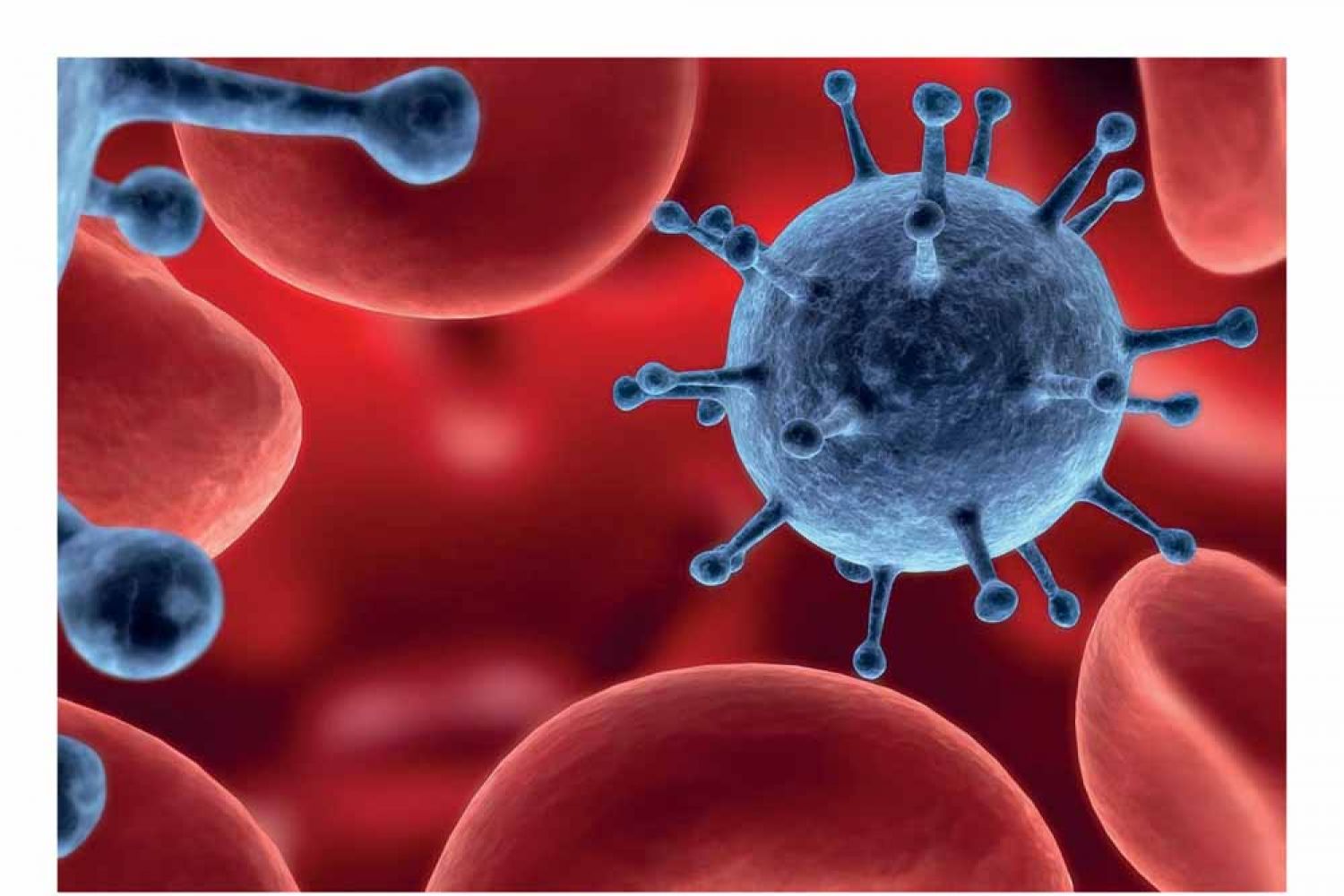
Humanity has
forever been plagued by infections and has—for well over 2,000 years now—tried
to fight them, beginning in the Iron Age with herbs and mantras, to vaccines
and other complex drugs including antibiotics in the present day. From the
rather simplistic belief that the human body was built of a few elemental
Humours and that the disruption of the balance among them caused disease, to a
deep understanding of the molecular processes that sustain life and bring it to
states of dis





